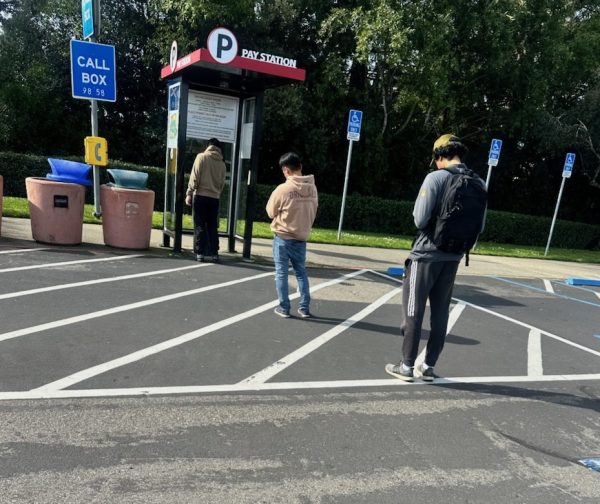Gerrymandering: How Politicians Conjure Votes
Unfair redistricting, or the greatest argument in favor of nationwide independent commissions?
Following the results of the 2020 Census, the California Citizens Redistricting Commission released draft maps on Nov. 10, providing a preliminary glance at what state districts might look like in the 2022 California elections.
Amidst the changes, the most remarkable is the loss of a congressional district. Slow population growth, domestic migration out of California, slower birth rates, pandemic disruptions, and minority undercounting serve as immediate reasons for the disappearance of a congressional seat. Nevertheless, “the population decline has not been steep, [since] we are only going from 53 to 52,” commented Dr.
Jeremiah Garretson, associate professor of political science at California State University, East Bay, positing that the draft map is “fair to the current configuration of districts for Congress.”
Rather than lament the loss of a congressional seat, Garretson is alarmed by Republican gerrymandering efforts and the subsequent erosion of minority and Democrat representation within national politics.
According to Garretson, the genesis of the Republican gerrymandering trend dates back to Shelby County v. Holder in 2013. The Supreme Court ruled 5-4 against Section 5 of the 1965 Voting Rights Act, which mandated that states with a history of racial discrimination receive clearance from the Department of Justice prior to enacting election and/or voting reforms. On Jul. 1, the Supreme Court validated two Arizona laws on a 6-3 majority: one denying ballots cast in the wrong precinct, and the ban on absentee ballot collection by third parties (meanwhile, excusing caregivers and relatives) as another, citing an endeavor into fraud prevention and a minimal impact on minority access to voting.
With a federal lift on the restrictions imposed by the Voting Rights Act of 1965, “states have now started to dilute the voting power of both political and racial minorities with gusto,” claimed Garretson. Against the backdrop of Republicans diluting African-American votes in North Carolina’s 2nd District and undermining the political power of Korean and Hispanic populations in Texas, Garretson explained that the Republican strategy relies on a reduction of swing districts.
“If the Democrats lose Congress in 2022, they may have an incredibly difficult time retaking it in 2024 and 2026,” said Garretson. “We could be seeing a rerun of the mid and late 1990s when the GOP controlled the House narrowly for a prolonged stretch and shifted public policy in a far more conservative direction under a Democratic President.”
Democrats are likely to engage in retaliatory gerrymandering in Oregon, New York, Illinois, and New Mexico to retain House majority, said Garretson. Depending on the final district maps in states with independent Commissions — such as California and Arizona — a 2024 Democrat majority is highly contingent on the events in the next few months, with Republicans currently ascendant.
Garretson, while praising the independent Commission in tackling gerrymandering, emphasizes the need to offset House losses. “If California were in isolation, I would be all for the commission. It is certainly a good idea for the state assembly and state senate. But at the federal level, it really works against the state,” he said, asserting that in preserving Republican districts in California during the redrawing process, Democrats cannot compete with Republicans in the South or the Midwest, thus jeopardizing minority representation and Democratic voting power.
Such a scenario would relegate many of state representatives into serving as a House minority party for a decade, despite that “Democrats could easily reduce the number of Republicans in the House by five, [and put the] majority back in reach, if the state legislature still held redistricting power,” Garretson claimed. He advocates that Democrats in State Legislature consider eliminating some Republican districts within the state as an option against Republican redistricting discrimination towards racial minorities and Democrats.
“By taking away the ability of California’s dominant Democratic Party to redraw districts to their advantage in retaliation for the Republican evisceration of racial minorities and Democratic voting power in the South, it makes it that much harder for California’s Democrats to serve in the majority party and hold real power to make the lives of everyday Californians better,” concluded Garretson.












